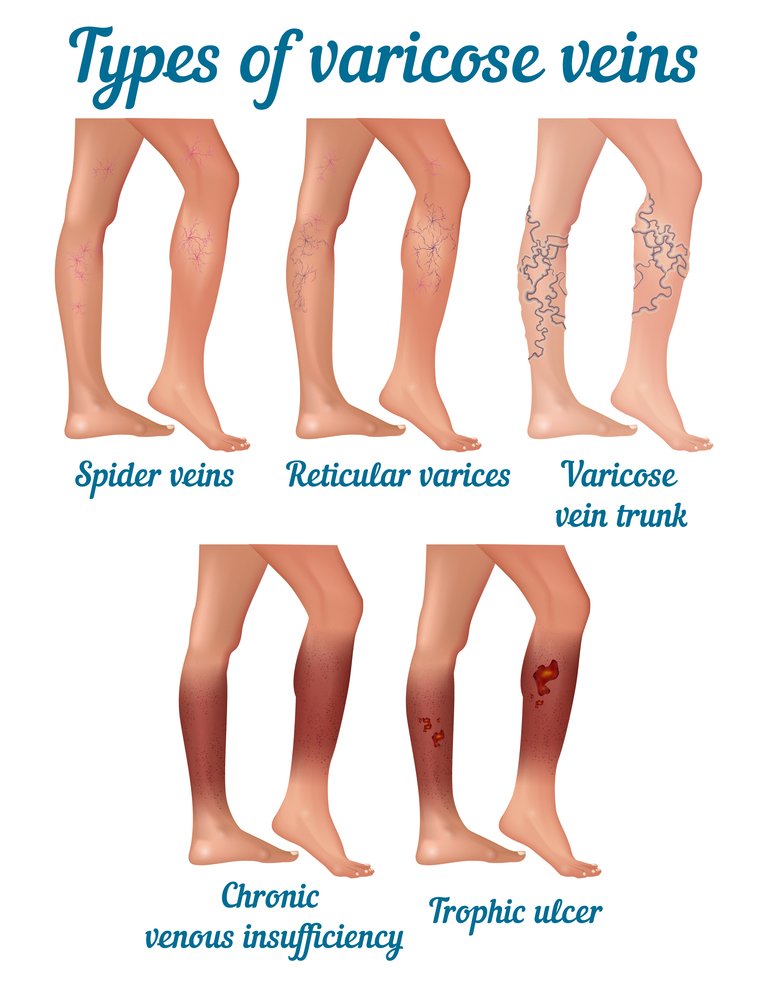
The first step in treatment is to avoid standing for long periods of time. Several treatments can improve blood flow in the legs. Lifestyle changes such as wearing compression stockings can help reduce the appearance of varicose veins, but some people prefer to undergo procedures to make their legs look better. Regardless of the method you choose, you should speak to your doctor about any medications you are taking, as some can interfere with certain treatments.
Various treatments are available for varicose veins, including conservative measures such as wearing compression stockings or wraps. A venous reflux procedure is the only treatment option that involves a surgery. The process is usually performed by a physician. If conservative measures do not work, your doctor may recommend a surgical procedure. While a venous reflux procedure can cure the symptoms of varicose veins, it is not recommended in all cases.
The main function of the veins in the legs is to expel blood against gravity. These muscle contractions cause the valves to close sequentially to prevent backflow of blood. At rest, these valves remain closed. When these two processes are disrupted, backflow of blood can occur. These conditions are known as varicose veins with reflux. However, the condition may be permanent and require surgical treatment. In order to achieve better results in the treatment of varicose veins you can use Variste cream.
Once a doctor diagnoses varicose veins, he or she will perform a physical exam to determine the cause. During a physical exam, your doctor will check for swelling, tenderness under the knees, and itching around the veins. An ultrasound test will also detect blood clots and valves. An ultrasound machine is used by a technician who passes a small handheld device over the patient’s skin.
The treatment for varicose veins depends on the severity of the problem. If the symptoms of varicose veins are severe, you may need to undergo surgical treatment. If the condition is not severe, a doctor can use compression stockings and elevating the feet for relief of symptoms. A knee-high compression stocking can provide 20-30 mmHg of pressure, preventing blood from traveling down the legs. Typically, you’ll need to wear these stockings for at least three months to receive the best results.
A chemical injection is a common treatment for varicose veins. Depending on the severity, the treatment will require a number of injections. This procedure can be performed in a day or two, but it is important to consider the risks of surgery before undergoing it. If you’re concerned about scarring, you should seek medical help as soon as possible. It’s very possible to have a scar after the procedure.
If you’re concerned that you have varicose veins, you should seek medical attention as soon as possible. Your doctor will perform a physical exam to determine whether you have the condition. Your doctor will also perform some tests to determine how severe it is. After the initial treatment, he or she will decide if it’s the best course of action. The doctor will then prescribe a prescription or ask you to stop any medications you’re taking.
After a physical exam, your doctor will perform a series of tests to determine the severity of your varicose veins. They will examine your legs while you’re standing to determine any pain or swelling. They may also order an ultrasound test to check the valves and blood clots inside the veins. During the ultrasound, a technician will press a small hand-held device against your skin.
Depending on the size and location of the varicose veins, there are several options available to treat varicose veins. Surgical procedures can be done to remove large veins that are causing discomfort. Alternatively, if you have a smaller, more superficial varicose veins, you can use a minimally-invasive treatment called sclerotherapy.
About the author